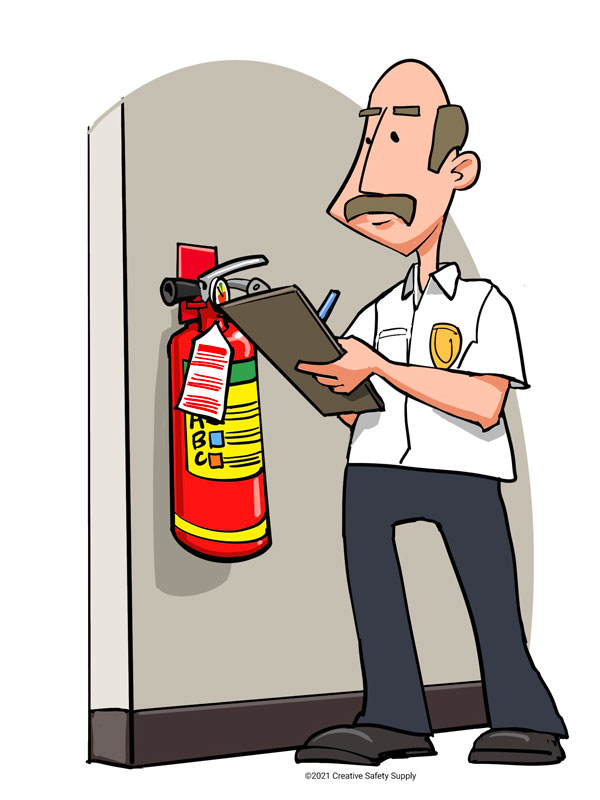Sydney companies must ensure that they are secure from fire. This isn’t only to follow the law, but also for their employees, clients and property. Many of the risks that could arise from a fire can be prevented or minimized by taking the appropriate precautions. Regular fire inspections, periodic testing and marking of electrical systems and complying with CFSP regulations all contribute to create a safer workplace and ensure businesses remain compliant with the local government and Building Code of Australia (BCA) standards.
The reasons fire inspections are at the basis of security
Fire inspections are the very first line of defense against hazards. They verify that the fire safety system installed in the building is current and functioning. Most businesses in Sydney are required to perform inspections 6 or 12 times a year, depending on their building type as well as the rules of the council. Inspections could include anything from smoke alarms and sprinkler systems to fire alarm panels, to hydrants, emergency lighting, and fire alarms.

The ability to identify hidden issues and fix them before they can cause harm is what makes inspections important. It may not seem important, but a small problem that involves a fire hydrant or a smoke alarm that’s not working, could result in fatality during an emergency. Regular inspections for fires are a proactive way for businesses to not only fulfill their obligations to comply and safeguard themselves from unforeseen disasters.
Potential electrical hazards that are hidden can be addressed by testing and the use of tags
Electrical systems can be one of the major causes of workplace fires. Testing and tagging is consequently an essential element of a plan to ensure safety from fire. This process involves checking electrical equipment to make sure it’s safe, functional and compliant. This is followed by attaching a visible tag to indicate that the item has passed inspection. This is a legal requirement that’s not always straightforward to meet. In many businesses it’s a way to protect themselves from potential risks.
Unchecked, worn-out or old cables, appliances that are defective or wiring that is not up to date can quickly lead to dangers to fire. Businesses can reduce the risk of fires by testing regularly and marking electrical equipment. Additionally, it helps employees feel confident that their environment is safe, which builds confidence and trust within the workplace. When combined with tests, fire inspections and tagging offers a comprehensive safety strategy that minimizes risk on many fronts.
The function of CFSP for Compliance and Certification
In New South Wales only a Competent Fire Safety practitioner (CFSP) can certify or sign important documents regarding fire safety like the Annual Fire Safety Declarations. The introduction of CFSP certification has increased fire safety standards, as it ensures only qualified professionals can review and verify the security. For those who own businesses, having the CFSP implies that reports and inspections aren’t just routine documents and evaluations based on reliable data carried out by professionals.
The role of a CFSP extends far beyond ticking boxes. These experts evaluate the performance and condition of fire protection systems and produce complete reports. They also make sure that the system is in conformity with the requirements of the regulatory authorities. Businesses that do not have CFSP certification could be penalized, facing legal problems and even closing when they are deemed to be lacking in fire protection. If you work with professionals certified in fire safety, it is possible to make sure that your fire protection systems are maintained correctly. In addition, you’ll be able comply with the requirements of compliance without putting yourself under anxiety.
Safety in the Fire Service as an Ongoing Commitment
The safety of your fire system is a constant requirement for all business owners. Regular inspections, continuous testing of electrical systems and the proper certification via CFSP supervision, create a system of safety that is never ending. In addition to ensuring compliance with law, this approach promotes the safety culture in the workplace. Employees feel more confident knowing that evacuation plans, smoke alarms, emergency lighting, and fire suppression are all in place.
Fire safety is a continuous process, not a checklist that companies must check each year. It reduces risk and improves the image of a business. Customers and clients are more confident in a setting where safety is clearly emphasized. In the long run, investing in proactive fire protection can save cash by avoiding costly damage, fines, or legal battles, while also protecting the lives of all who enters the premises.
Conclusion
Sydney fire safety demands an approach that is multilayered, which includes testing and inspections for fire and tagging, as well as certification by an CFSP. Each element plays an important role in helping businesses comply with rules, but is more important to safeguard property and lives. Safety is an integral aspect of business operations not something that is merely a side-effect. Companies can fulfill their legal requirements and create an even more secure and resilient atmosphere in the near future if security is an integral part of everyday operations.